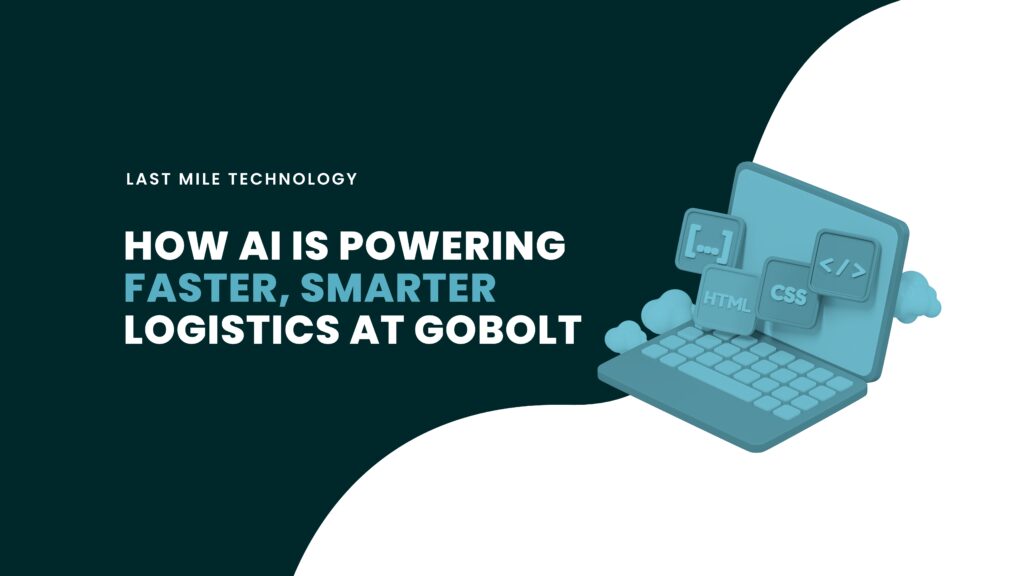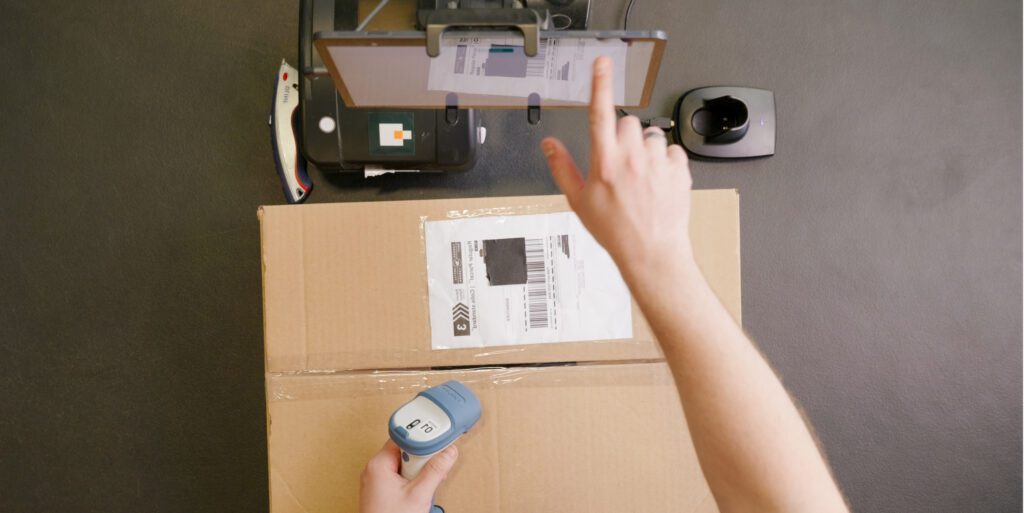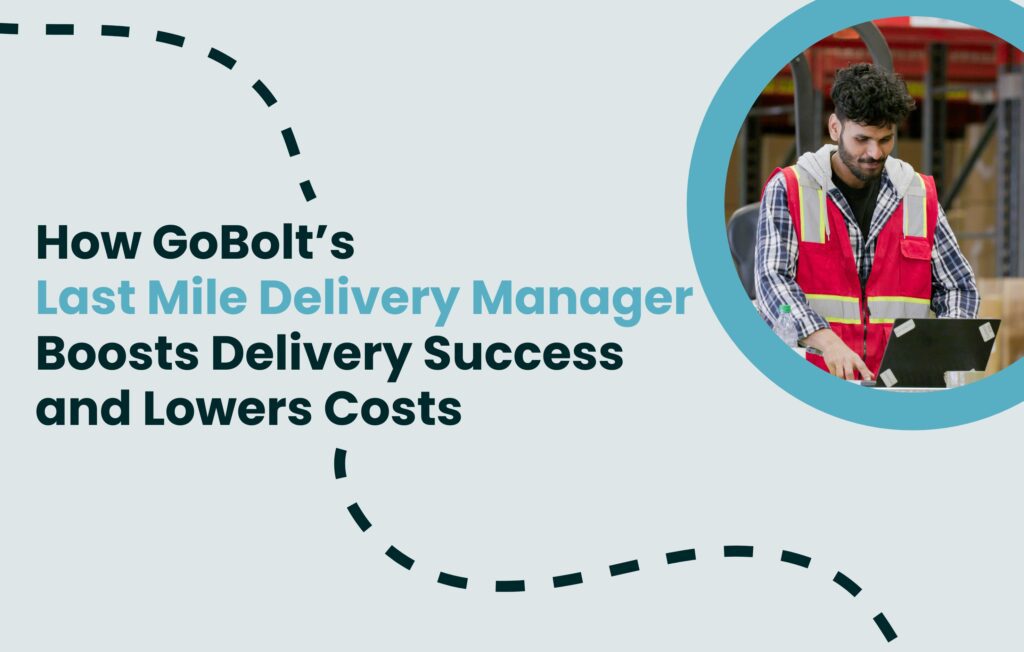We recently caught up with Nate Skiver, the parcel and ecommerce consultant behind LPF Spend Management, to discuss the state of the parcel delivery market.
In our last post, Nate gave us his take on recent rate increases and what a crowded last mile delivery marketplace can mean for parcel shippers and brands. Today, he shares insights on shipping strategies, how brands should assess shipping partners, and market shifts brands should be aware of for the remainder of 2023.
What are the top features or characteristics brands should look for when assessing shipping partners?
NS: As far as the customer-service experience goes, things like real-time tracking, which are still relatively new, can set a provider apart. If there are brands that already know real-time tracking is important, then it’s pretty straightforward. When comparing providers against each other, that feature could be a differentiating factor.
To deviate from the customer experience part, let’s focus more on just transportation and flexibility. Flexibility, say from a capacity standpoint, right now in aggregate in the market capacity, is not a problem like it was two years ago. Look at regional providers. There are final-mile providers who are much more flexible based on their model with lower overhead costs as well. They can provide competitive pricing but also flex with large shippers.
I think looking for flexibility often goes along with some of these alternative providers and their willingness to engage more deeply. They listen to a brand about their business and what they’re trying to achieve, and actually design some solutions that are custom. I mean that’s something that certainly the national providers don’t do except for the very largest of their customers.
What do you wish brands knew before setting parcel and last mile shipping strategies?
NS: It’s easy for me to say this because it’s something that’s hard to do. It’s not a foregone conclusion that brands must build their programs around big providers or wait two years to start to add pieces. Whether it’s speed to customer, reliability, visibility, expense, percent of revenue or a number of other targets, you have to be intentional about your objectives.
Then, you can look at your existing programs, shipping volumes, where you’re shipping from and who you are shipping to and decide what types of services, not providers, you want and how to source them.
How are retailers managing their carrier network given informed consumers are demanding more socially responsible shipping methods?
I think making the decisions about which delivery providers to partner with based on sustainability or social responsibility matters, but it varies widely by organization. If it’s a core principle that a brand is built upon, then it’ll be very central to the decision-making process. There is still a long way to go though.
Any predictions for the remainder of 2023?
NS: I expect there to be a reasonable amount of competition in the market based on the number and different types of providers, quality of service and alternative delivery options.
But also there are a few other things that will be happening. The postal service for one. They’re still pretty big and have a major influence on the market. They are also attempting to build products and services that compete more directly with UPS and FedEx. This doesn’t happen quickly though, so we may not see the impact this year, but in the years to come.
There’s also the potential for a UPS strike. Nobody wants that to happen. But even with the possibility there is uncertainty, a little bit of movement and churn in the market, that could open up more opportunities for other carriers to take share. I don’t think there will be this dramatic reaction in the market, because UPS generally has some very loyal customers. So, I think they’ll do a pretty reasonable job of reassuring customers and calming fears.
Beyond that, Amazon is still sitting out there as a potential influence on the market, but it’s been that way for a long time. They’ve focused on being even more efficient. Unless they can open up their network with some larger retailers, I wouldn’t expect that they’ll enter the market at scale.
Mostly, I think this healthy competition will be a good thing for package shippers. In my opinion there’s no reason to not evaluate your carrier base and make sure you have the right solutions in place at the right price. It’s not that easy, but there are those who can help you out.
Thank you, Nate!
In case you missed it, check out Part 1 of our conversation where Nate talks about pricing and diversification.
Known in the industry as The Parcel Expert, Nate Skiver is passionate about parcel shipping, ecommerce, and sharing his vast knowledge and experience. Skiver spent 17 years in logistics working for household-name retailers, including Gap, Abercrombie & Fitch, and Limited Brands. He now helps shippers leverage thoughtfully-procured, cost-effective parcel shipping services to meet their customers’ needs through his consulting business, LPF Spend Management.






